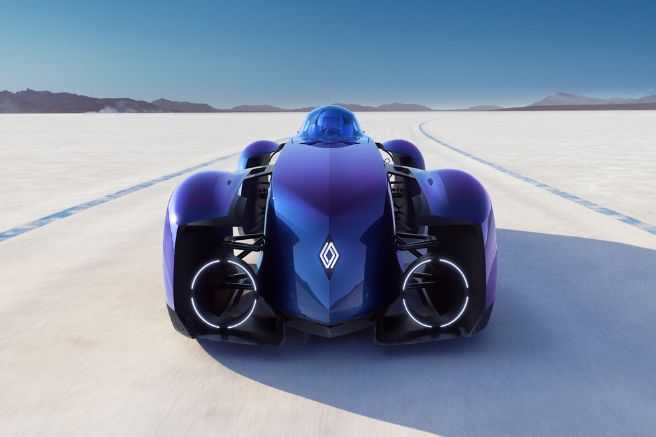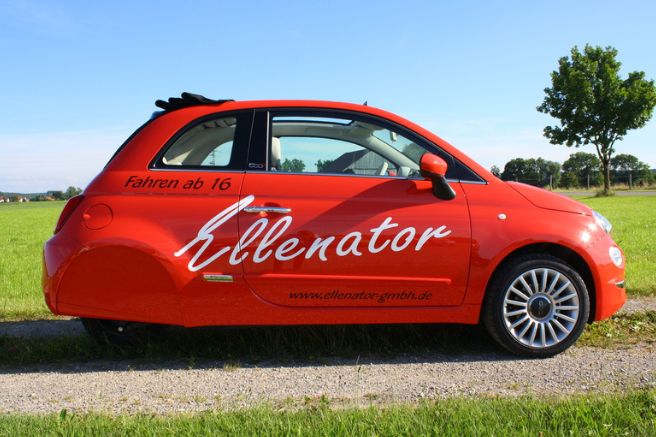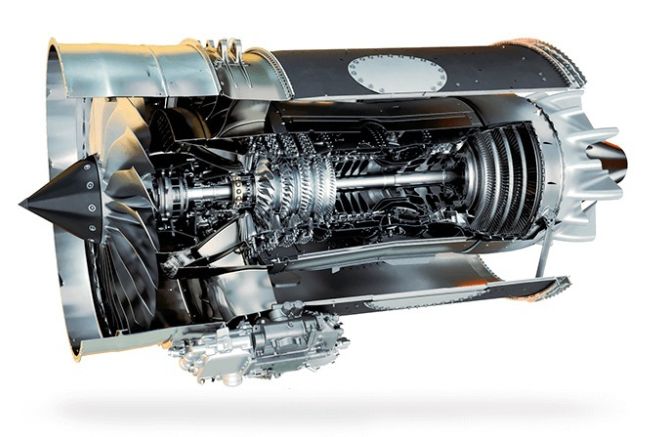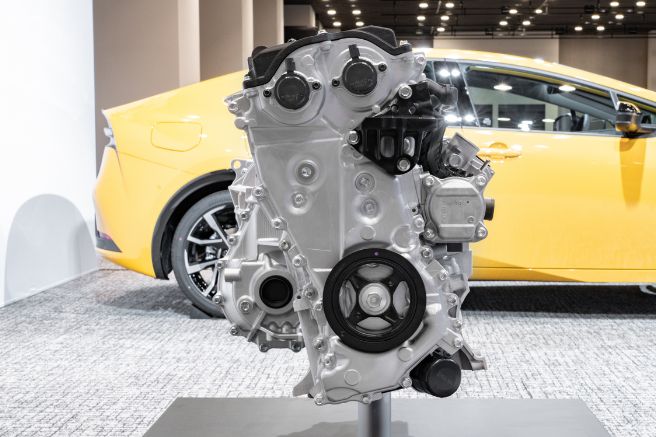
It is hard to imagine that the world’s largest car manufacturer has a distorted vision of the industry’s future. It is more likely that Toyota’s strong presence in the global market allows the Japanese group to have a privileged focus on the trends shaping the automotive sector. Toyota shares the belief that the future is heading towards the electrification of powertrains, but what sets it apart from many European and American manufacturers is the end point of this evolution. As repeatedly stated, the Asian multinational does not believe that full electric is the solution to all the environmental issues; rather, it supports a diversified engine strategy that includes not only purely electric vehicles but also hybrid models with high-efficiency, low-emission internal combustion engines powered by alternative fuels such as biofuels, e-fuels, and liquid hydrogen.
For this reason, Toyota has decided to join forces with Mazda and Subaru to accelerate the development of new internal combustion engines, optimizing costs as much as possible through an alliance led by the multinational, headed by Akio Toyoda, thanks to its stake in Subaru and Mazda, with shares of around 20% and 5%, respectively. However, the synergy between the three Japanese brands is not intended to create common engines for their respective vehicles. Instead, it aims to develop shared technology to be applied to different engines that can adapt to each brand’s philosophy. The identity of each brand will thus remain strong, without unifying their characteristics. This was evident in the prototypes displayed during the joint conference, which faithfully reflected this specificity.
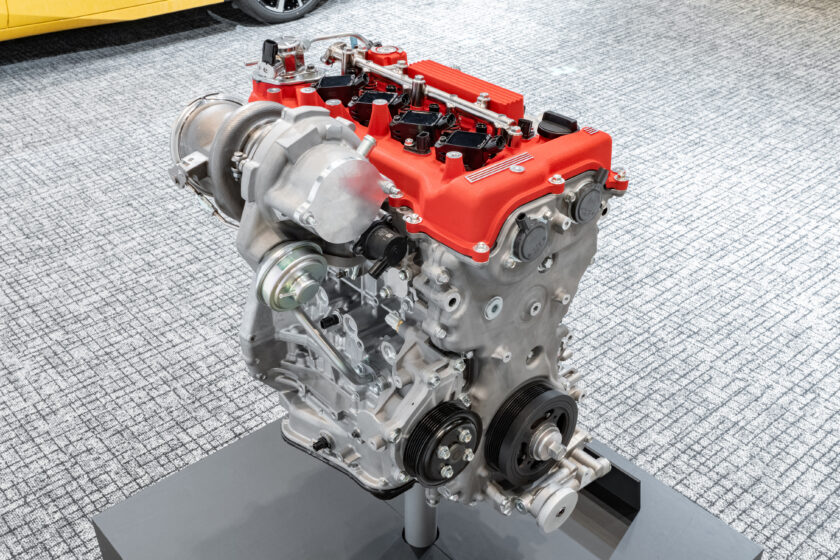
Toyota is currently focused on developing inline four-cylinder units, in contrast to Mazda, which has proposed a revision—or rather, a concept for revising—its Wankel rotary engine by integrating a compact electric unit. Subaru, meanwhile, presented an electrified powertrain project based on its classic boxer engine with opposed cylinders. All are gasoline units, but according to the three Japanese automakers, these can also be adapted for diesel versions. These engines are designed to be more compact than current standards, allowing for the redesign of vehicles with more compact and aerodynamic shapes that will contribute to improving the efficiency of internal combustion engines.
It’s an ambitious program that Toyota, as the leader of the strategic alliance, is advancing rapidly. The company is fine-tuning two engine blocks with displacements of 1.5 liters and 2.0 liters, which are expected to debut officially by the end of 2026. These engines will feature not only compact dimensions, aimed at making them more flexible for installation in future vehicles, but also “D-4S” combustion technology, which supports the use of biofuels and e-fuels. Based on a four-cylinder architecture, the engines presented by Toyota are currently offered in three versions: two 1.5-liter engines, one naturally aspirated and the other turbocharged, and a 2.0-liter turbocharged engine.
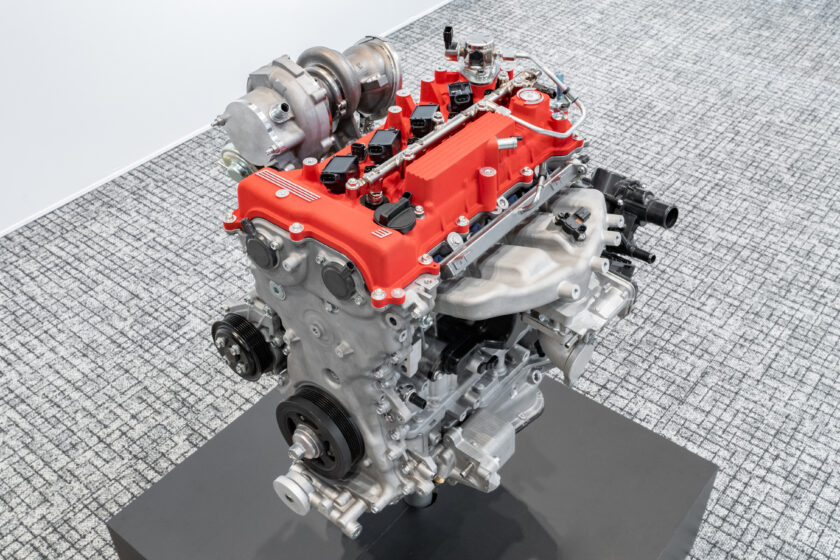
According to data released by Toyota, the naturally aspirated 1.5-liter four-cylinder engine is capable of delivering up to 10% more power than the equivalent engine currently found in Toyota vehicles, while also reducing weight and dimensions—both vertical and horizontal—by 10%. The turbocharged version, on the other hand, would boast the same power as the current naturally aspirated 2.5-liter engine but with 20% less volume and 30% higher thermodynamic efficiency. Meanwhile, the 2.0-liter turbocharged engine would offer 10% smaller dimensions compared to the current 2.0-liter turbocharged gasoline engine with 400 cubic centimeters, while delivering 30% more power.
Titolo: Toyota still focuses on the internal combustion engine
Translation with ChatGPT

